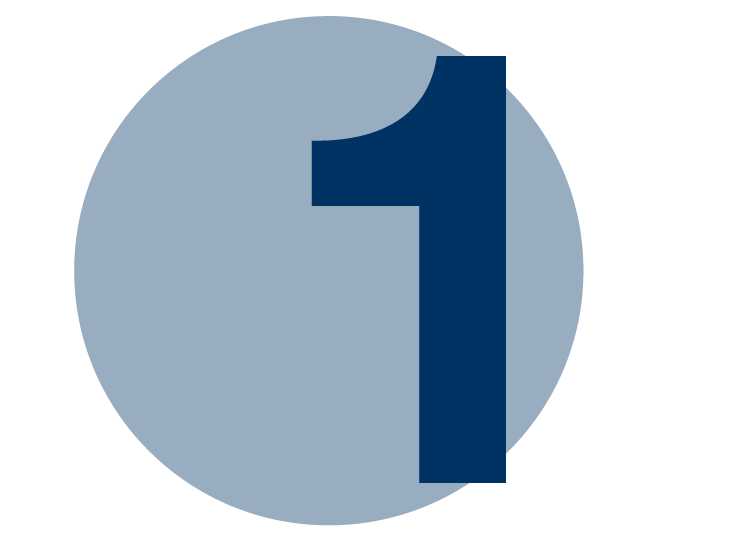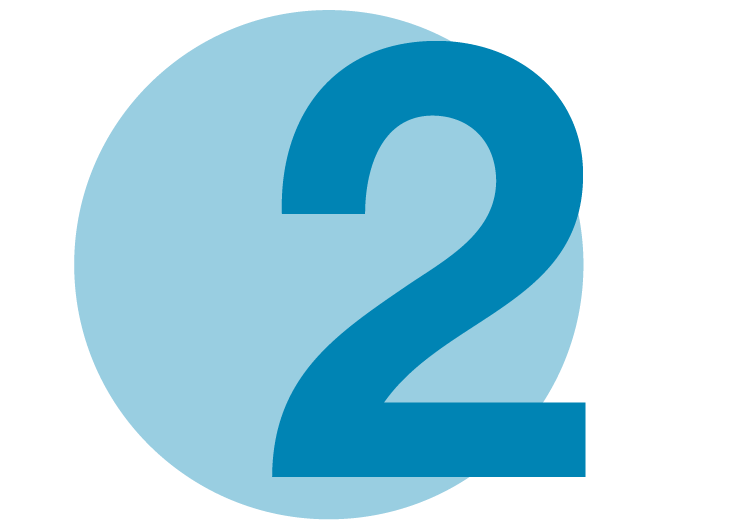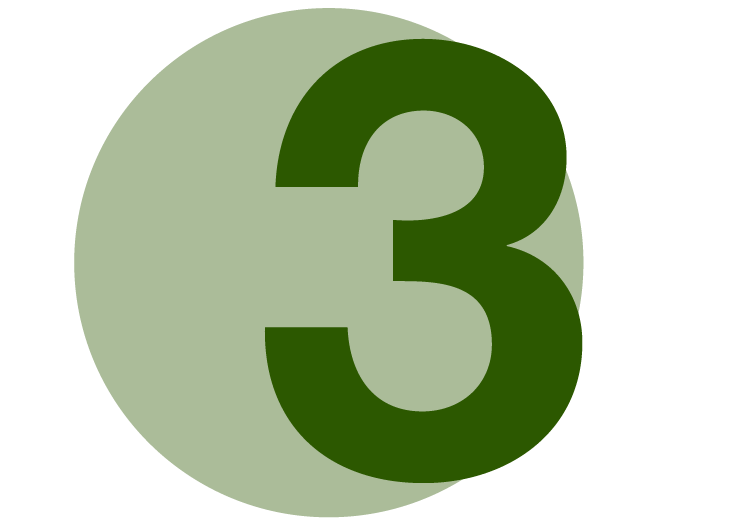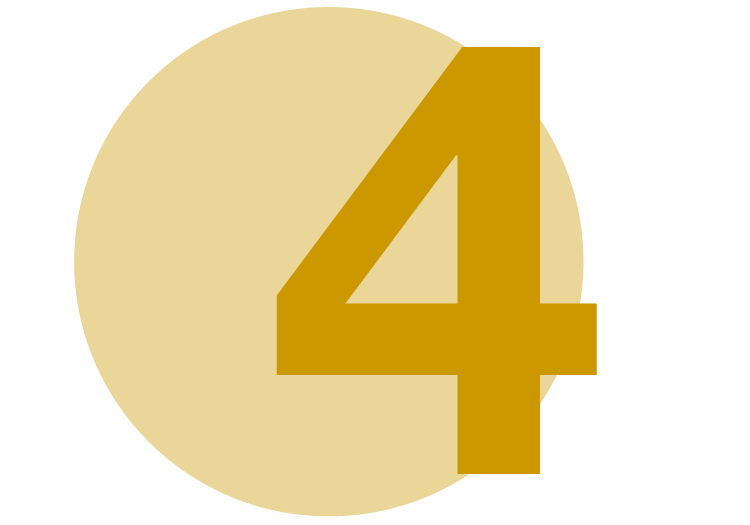Non-urgent government operations are closed December 24 to January 1, reopening January 2. View available services during this period.
Overview
Physical education and wellness curriculum uses a comprehensive, strengths-based focus that develops the whole individual and nurtures students in pursuing a healthy and active life.
In physical education and wellness, students are supported on their journey to achieve well-being as they learn about:
- active living
- movement skill development
- movement tactics and strategies
- personal and social development
- character development
- growth and development
- safety
- nutrition
- food literacy
- mental well-being
- healthy relationships
Physical education supports well-being by developing movement skills and concepts, and an appreciation for active living that is valued and integrated into daily life. As students become physically literate, they develop the motivation, confidence, competence and knowledge to value and take responsibility for participating in a wide range of physical activities across a lifespan.
Wellness education promotes the health of individuals and communities and provides students with opportunities to learn about various aspects of well-being. This enables students to make informed decisions that support personal and community well-being. As students mature, they acquire, understand, and apply health and wellness information that supports well-being in a variety of contexts.
Learn more (updated August 2025)
- How to use new LearnAlberta (video)
- Read the K to 6 curriculum and draft 7-9 curriculum on new LearnAlberta
- Download the K to 6 curriculum fact sheets
- Download the draft 7 to 9 curriculum fact sheet
Draft 7 to 9 Physical education and wellness curriculum
Current and new curriculum comparison
The following list shows how elements in the current 7 to 9 health and life skills and 7 to 12 physical education programs of study, published in 2000 and 2002 respectively, compare to the draft 7 to 9 physical education and wellness curriculum. The comparisons provide examples and do not represent all the changes that were made.
| Current curriculum (2000 and 2002) examples | Draft curriculum (August 2025) examples | |
|---|---|---|
| Subject organization | There are 2 separate curriculums: 7-12 physical education and 7-9 health and life skills. | One curriculum combines content from both physical education and health and life skills. |
| Food literacy | Opportunities to discuss ideas related to food literacy are included in the 7-9 health and life skills curriculum. | Clear expectations for students to learn about food literacy are in every grade. |
| Physical literacy | Opportunities to discuss ideas and topics about physical literacy are included in the 7-12 physical education curriculum. | Clear expectations for students to develop physical literacy to reflect best practices in physical education are in every grade. |
| Physical activity dimensions | Provide opportunities for engagement in a range of movement experiences. | Expectations are expanded to provide opportunities for engagement in a broader range of movement experiences. |
| Consent | Opportunities to discuss ideas related to consent are included in the 7-9 health and life skills curriculum. | Clear expectations for students to learn about consent are in every grade. |
| Mental well-being | Opportunities to discuss ideas related to mental well-being are included in the 7-9 health and life skills curriculum. | Clear expectations for students to learn about mental well-being are in every grade. |
Snapshot by grade
The snapshot below provides an overview of some of the content students explore in each grade.
-
 Kindergarten
Kindergarten- Perform physical activities that provide personal enjoyment.
- Spatial awareness helps people move safely during various physical activities.
- Healthy relationships support social-emotional well-being.
- Explore a variety of foods that help the body grow.
- Personal boundaries can be communicated through words and actions.
- Explore the value of Canadian coins and bills.
-
 Grade 1
Grade 1- Changes in the body can result from participating in physical activity.
- Demonstrate various ways of moving safely through space during physical activity.
- Practise words and actions that support friendship.
- Examine decision making in food selection.
- Practise ways to express, request, obtain or refuse consent relating to personal boundaries.
- Money has value and purpose in everyday living.
-
 Grade 2
Grade 2- Participate in physical activities that require various levels of exertion and energy.
- Utilize movement skills from one physical activity in another physical activity.
- Reflect on how personal relationships are maintained or strengthened.
- Explore recommendations from a variety of food guidelines to support nutritional decisions.
- Decisions for safety include requesting, obtaining, giving or refusing consent.
- Decisions about money include how much to spend, save and share.
-
 Grade 3
Grade 3- Planning for active living is an important step for leading a healthy life.
- Apply movement elements when engaging in physical activity.
- Individuals in healthy relationships resolve conflict by sharing the responsibility in coming to fair solutions to problems.
- Examine how food preparation techniques can affect the characteristics of common foods.
- Consent is established by clearly requesting, obtaining and giving permission or communicating refusal in support of personal safety.
- Discuss the importance of responsible spending and saving.
-
 Grade 4
Grade 4- Participate in a variety of physical activities that develop various components of physical fitness.
- Integrate elements of movement in various physical activities.
- Individuals have the right to live in healthy, safe, and bully-free environments.
- Describe changes that happen during puberty.
- Identify sources of credible nutritional information to determine the requirements for balanced food choices.
- Consent is critical to respecting the rights, feelings and belongings of others.
- Consider a variety of factors when making decisions about spending money.
-
 Grade 5
Grade 5- Describe internal and external factors that influence motivation to be physically active.
- Combine movement skills to perform movement patterns in a variety of physical activities.
- Perspectives can be shaped or shared using effective listening and communication skills.
- Identify positive health practices during puberty.
- Nutrition provides energy and nourishment to the body and supports body systems.
- Responsibility includes respecting the acceptance or refusal of consent from another.
- Examine factors that influence consumer choice.
-
 Grade 6
Grade 6- Participate in a variety of moderate-to-vigorous physical activities that support training principles.
- Demonstrate how movement patterns are applied across various physical activities.
- Healthy relationships require consideration for different opinions, thoughts, feelings, beliefs and needs.
- Thinking about the outcomes of risk-taking activities can inform decisions.
- Examine how access affects nutrition choices in a variety of contexts.
- Analyze the risks and benefits of borrowing money in a variety of situations.
-
 Grade 7
Grade 7- Explore ways to increase physical activity and decrease sedentary behaviours in daily routines.
- Examine the structure, tactics and strategies of various categories of games and physical activities.
- Practise positive social behaviours in a variety of contexts.
- Discuss food literacy and its impact on well-being.
- Discuss strategies to manage risk to personal health and safety.
- Describe the components of sexual health.
- Relate protective strategies to mental well-being.
-
 Grade 8
Grade 8- Reflect on personal factors that influence commitment to regular physical activity.
- Apply tactics and strategies for various games and physical activities.
- Examine nutritional requirements during adolescence.
- Reflect on unsafe situations that adolescents face online, at home, at school and in the community.
- Discuss influences on personal decisions about sexual activity.
- Examine Canadian laws related to age of consent.
- Examine supports for mental health challenges.
-
 Grade 9
Grade 9- Discuss ways to improve physical fitness at home, at school and in the community.
- Modify tactics and strategies across games and physical activity categories.
- Reflect on personal strengths as they relate to leadership and followership.
- Examine food sustainability practices at home, at school and in the community.
- Examine personal and social factors that influence decisions, actions and behaviours.
- Identify strategies that support sexual health.
- Explore mental health literacy.